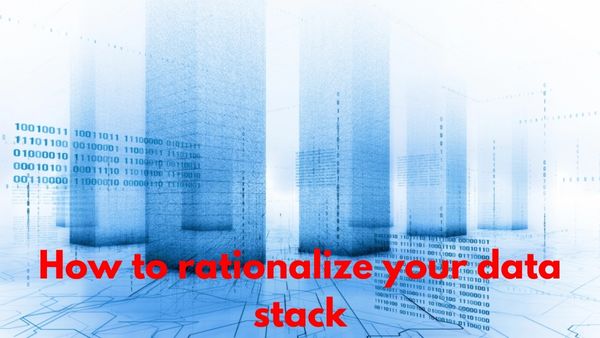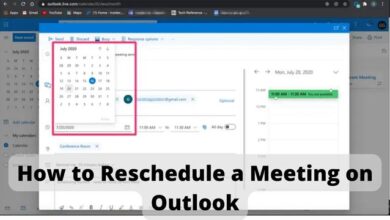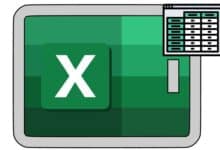How to rationalize your data stack to Reduce the clutter

How to rationalize your data stack to Reduce the clutter- Big Data is always expanding. How to make it clutter free. The Big Data Landscape expanded to 2,025 technology solutions in 2021, all of which promised to assist enterprises in meeting their data demands. The “pared down” version still has 96 sub-categories and seven main categories, with both traditional and modern tools available. Businesses want a framework to help them navigate this environment, understand their goals, and make the best use of the resources available to them.
How to rationalize your data stack to Reduce the clutter
A framework for evaluating your data needs, prioritizing and outlining those needs, and then determining the optimum tool for the task is technology rationalization. It goes beyond merely incorporating new tools and technology. It mostly involves determining what your data requirements are and whether what you already have is the best fit. Technology rationalization or data rationalization enables organizations to evaluate needs, make optimal use of technologies, and reduce data bloat.
Alton Brown, a well-known chef, can advise you. If you’re an Alton fan like I am, you probably already know that he has a rule against “unitaskers,” or kitchen appliances designed for just one purpose.
Company data stacks may also be used as an example of Alton’s “no single-use tools” guideline. Similar to how I hesitate to buy a cherry pitter when I already own a paring knife, I always give single-use data tools in a data stack a second thought. You run the danger of spending money on that cherry pitter just to have it sit in your kitchen taking up valuable space and collecting dust if you don’t understand your company needs and how data can assist them.
Regardless of how good a team’s data flow diagrams are, data stacks are full of subtleties that make each firm distinct; data and how it is used is part of a company’s competitive edge. When complexity causes redundancy, though, it might become negative.
Your process will be simplified and there will be more clarity when tracking errors, latencies, and supplementary requirements as your stack’s complexity are reduced. Your data engineering staff can concentrate on creating value rather than fixing issues as there are fewer “points of failure” to keep an eye on.
The transmission of general knowledge and the onboarding of new team members may both be sped up with a less complicated data stack. More members of your team will be able to become full-stack data engineers who can assist from beginning to finish as the learning curve for new technologies is lowered. By lowering instance costs, a more simplified data stack also makes everyone happy. Even while a more effective data stack is not necessarily associated with reduced instance costs, bulk reduction is usually expensive. Lower expenses result from using fewer tools and spending less time onboarding new users or fixing issues.
However, the “less is more” philosophy of technology rationalization does not necessarily entail forgoing certain more specialized tools. Returning to Alton’s kitchen, that one-time cherry pitter would become crucial if I decided to start baking cherry pies every weekend. Fewer tools may be necessary to reduce complexity and clutter in your data stack, but identifying and employing the appropriate tools is the key. Every platform need to have a distinct value-add that, even after it is included, lessens the complexity of your stack as a whole. Hence, you must first evaluate your demands before rationalizing your technology.
Starting from scratch What business requirements are you hoping your data will meet? What concerns about your business are your stakeholders raising? Can your data consistently and promptly respond to these queries?
- What is Big Data and Why is it Important?
- Harness The Power Of BI: Become A Certified Data Analyst
- 7 ways to save mobile data on Android and iOS
There are a lot of single-use kitchen appliances available. Your team must be able to spot gaps and prioritize needs in order to clear the clutter because the number of data tools is quickly approaching.
Beginning the process can be difficult. A discussion about where you are and where you want to be is the first step. Technology rationalization can streamline your data stack, much like Alton Brown’s rule can help you organize your kitchen utensils.
What does it mean to rationalize data?
In the data-driven world of today, rationalisation may entail eliminating redundant material or documents or grouping together many pieces of content with comparable information or organisational structures into fewer documents.
What is the purpose of rationalize data stack to Reduce the clutter
The effective use of technologies, anticipating demands, and reducing data bloat are all benefits of technology rationalization for firms.






